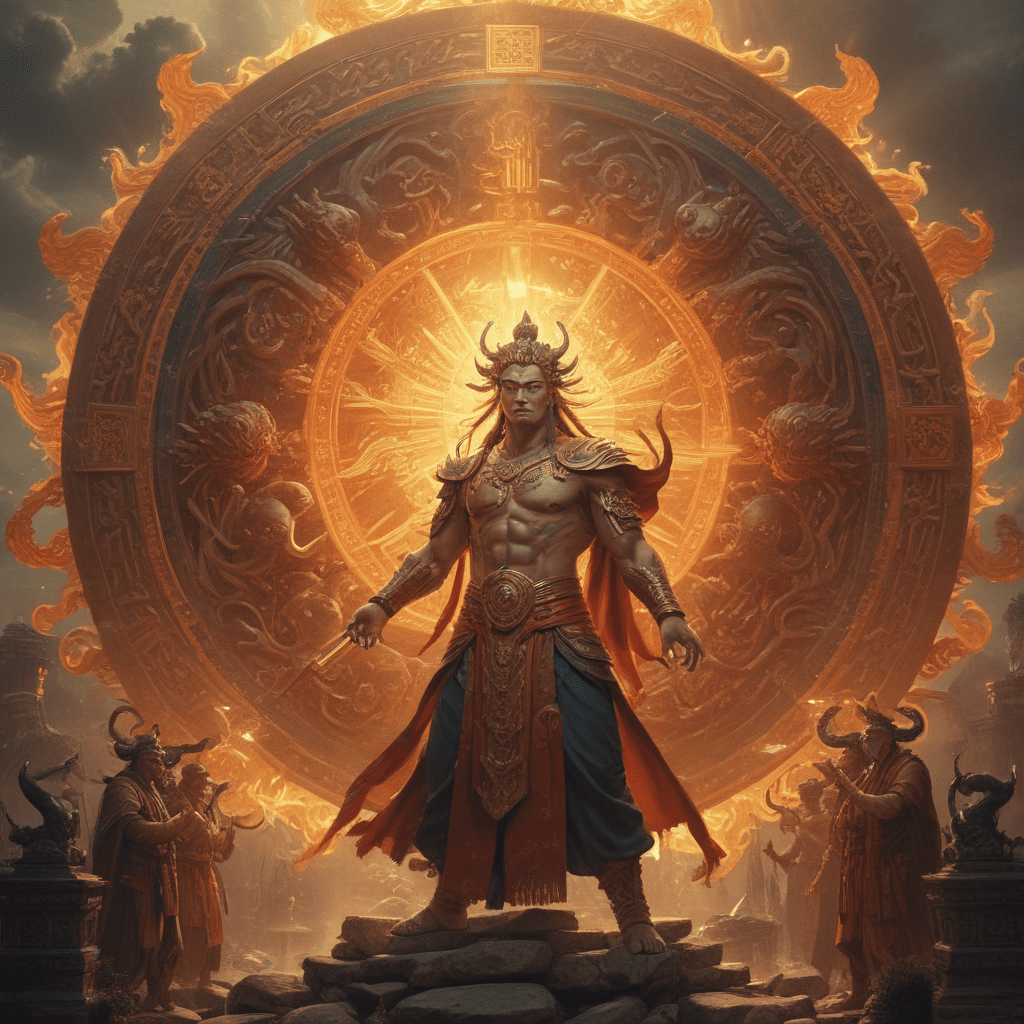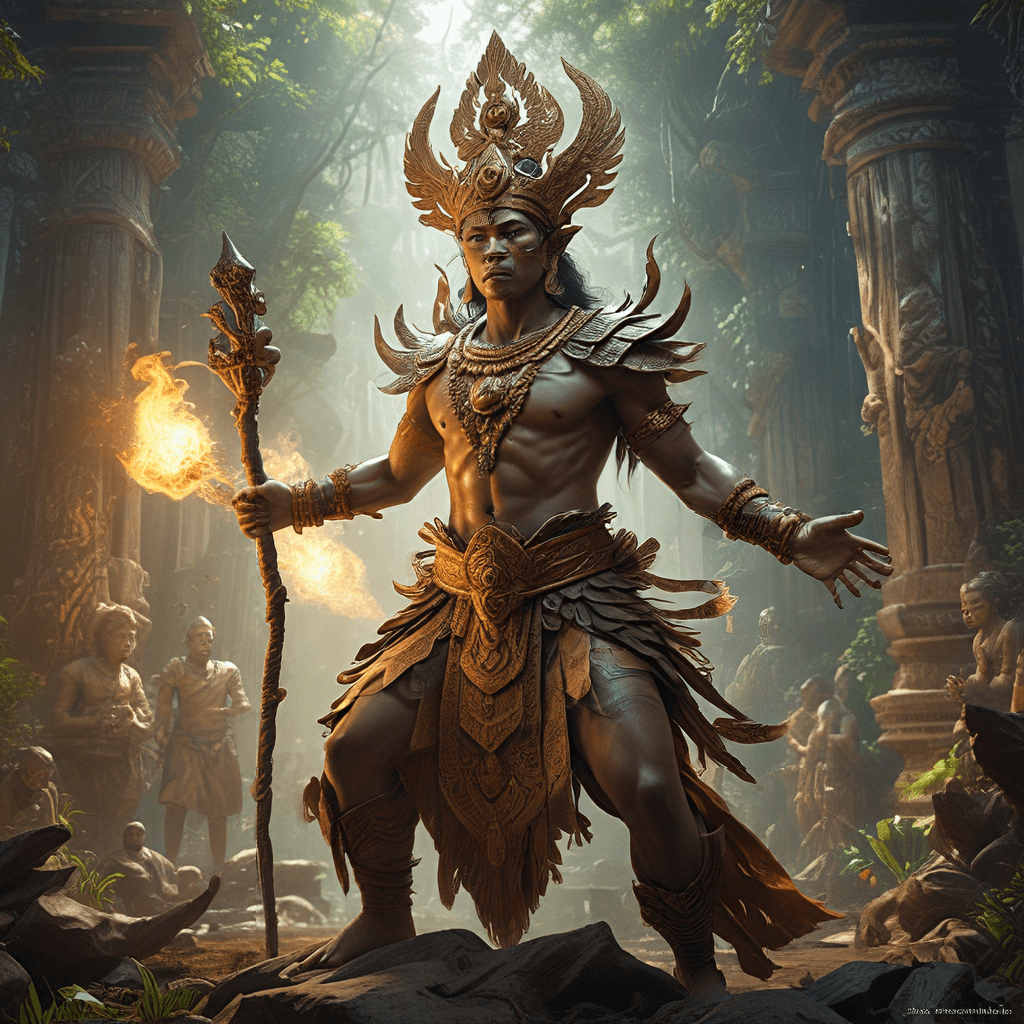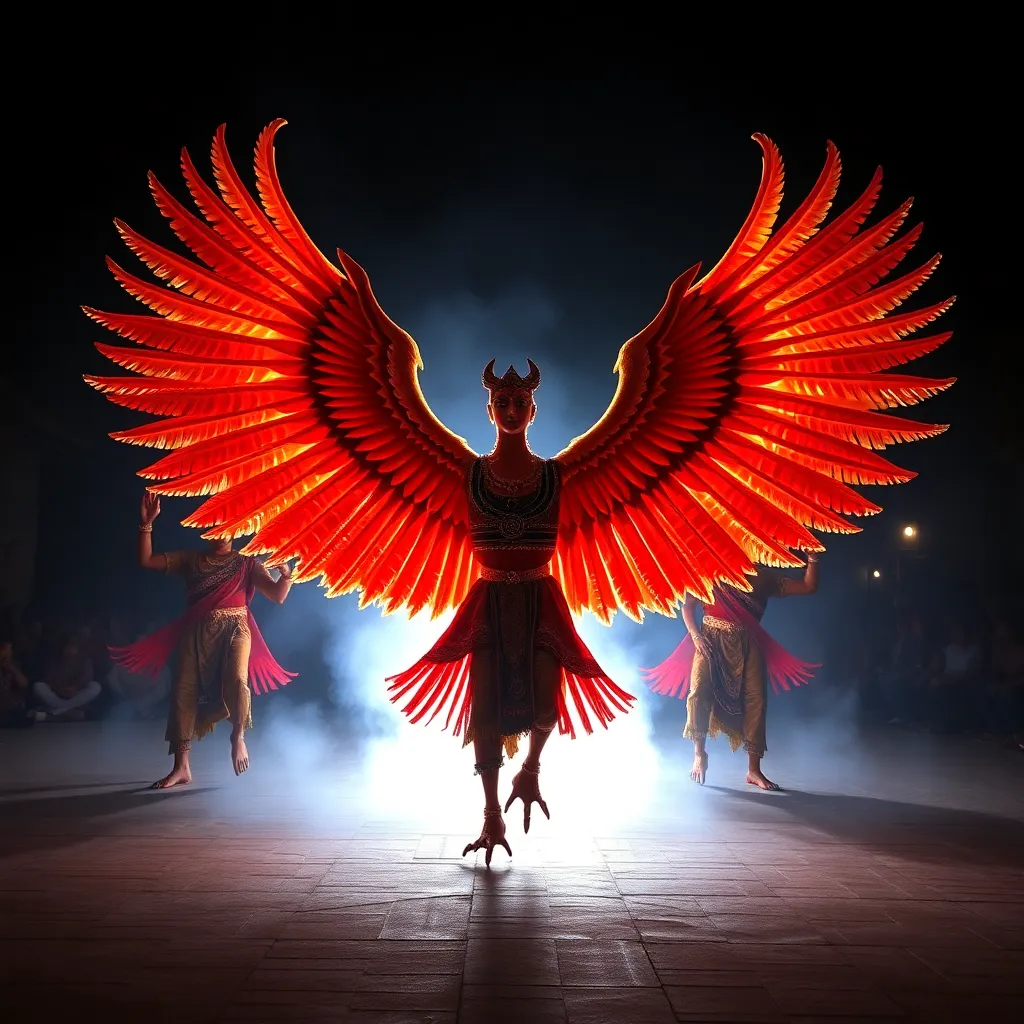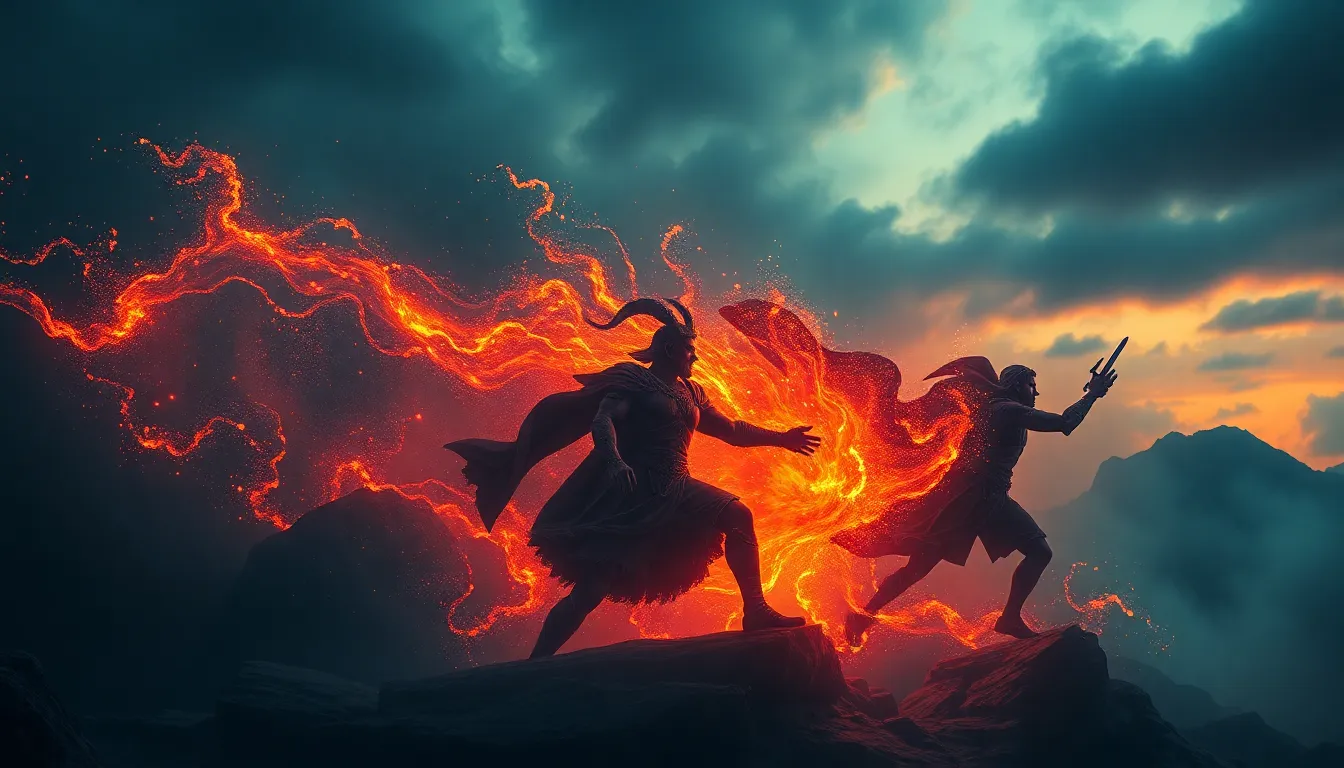The Myth of the Ten Suns in Chinese Mythology
The Myth of the Ten Suns is a captivating tale from Chinese mythology that has enthralled generations for centuries. It narrates the gripping story of how a skilled archer named Hou Yi challenged the ten scorching suns, restoring balance to the world.
Origins of the Myth
The origins of the Ten Suns myth can be traced back to ancient times, with references found in the Classic of Mountains and Seas, an early compilation of Chinese myths and legends. The myth was likely created to explain natural phenomena such as the sun's intensity during the summer solstice.
The Ten Suns and Their Names
According to the myth, ten suns, each representing a different branch of the celestial bureaucracy, emerged from the cosmic tree Fu Sang at the eastern edge of the world. These suns were named after the ten Heavenly Stems used in the Chinese calendar: Jia, Yi, Bing, Ding, Wu, Ji, Geng, Xin, Ren, and Gui.
The Scorching Heat of the Ten Suns
As the ten suns ascended into the sky, they unleashed an unbearable heat upon the earth. Plants withered, rivers dried up, and people suffered greatly. The scorching heat threatened to destroy all life on earth.
Part 2
6. Hou Yi's Appearance and Archery Skills
Amidst the chaos caused by the ten suns, a legendary archer named Hou Yi emerged. Known for his exceptional archery skills, he possessed the ability to shoot down even the most distant of targets.
7. Hou Yi's Challenge to the Suns
Determined to relieve the world from the scorching heat, Hou Yi ascended a mountaintop and challenged the ten suns to a contest. He declared that he would shoot down any sun that dared to disobey his command.
8. The Death of Nine Suns
Armed with his powerful bow and unyielding resolve, Hou Yi aimed his arrows at the nine suns. One by one, he shot them down, extinguishing their fiery radiance. With each fallen sun, the scorching heat dissipated, and the earth began to cool.
9. The Punishment of the Last Sun
However, the last sun, fearing for its own existence, refused to heed Hou Yi's commands. Infuriated by its defiance, Hou Yi shot the last sun, but instead of killing it, he crippled its power. From that day forward, the sun could only shine with a single tenth of its former intensity.
10. The Preservation of Light and Warmth
With nine suns extinguished and the last one weakened, Hou Yi had successfully restored balance to the world. The earth was no longer subjected to unbearable heat, but instead received a moderate and life-giving warmth. The preservation of light and warmth allowed life to flourish once again.
Legacy and Influence
The Myth of the Ten Suns has had a profound influence on Chinese culture and mythology. It has inspired countless works of art, literature, and theater. The story of Hou Yi's heroic feat is a testament to the power of human ingenuity and determination in the face of adversity.
Variations and Cultural Significance
While the core narrative of the Ten Suns myth remains consistent, variations exist across different regions of China. In some versions, Hou Yi is portrayed as a celestial being, while in others, he is a mortal hero. The myth has also been interpreted as a metaphor for the struggle between good and evil, with the ten suns representing the forces of chaos and destruction.
FAQ
Q: Who created the Myth of the Ten Suns?
A: The myth likely originated from ancient Chinese folklore and was passed down through oral tradition.
Q: What was the significance of the number ten in the myth?
A: Ten is a significant number in Chinese culture and represents the concept of completeness and totality.
Q: What is the moral of the Ten Suns myth?
A: The myth teaches the importance of balance, moderation, and the triumph of good over evil.



